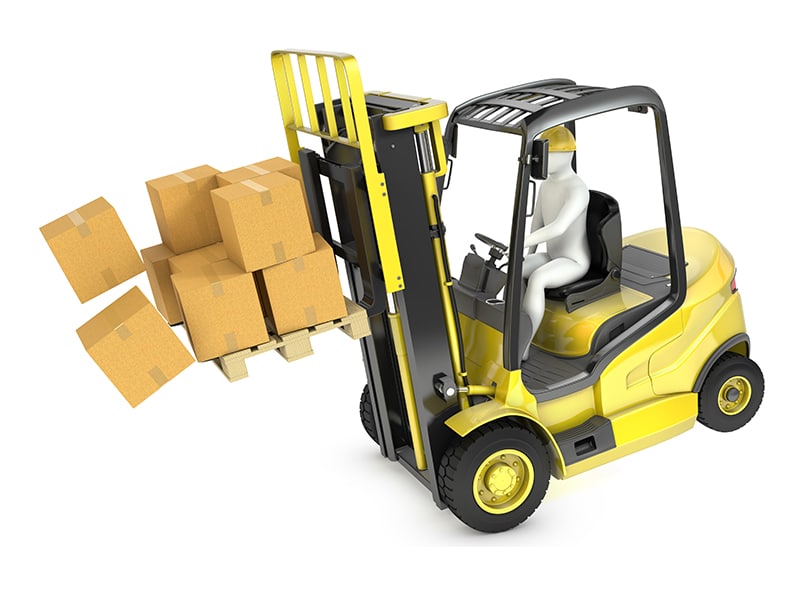A forklift's load can be just as dangerous as the forklift itself, writes the team at MLA Holdings. So here are some simple tips that could save the day, your job and a life
You’ve seen loads come crashing off forklifts before. You’ve seen forklift operators driving recklessly with the load hanging off the forklift. Unfortunately you may have also seen this negligent behaviour result in serious injury.
Forklifts are designed to carry a variety of different loads, which can be heavy, awkward, odd shapes and sizes and slippery, to name a few. Many accidents have occurred when operators have failed to secure their loads, even though they’ve taken great care while driving.
The weight, shape, size and composition of a load affect the way it should be lifted.
Before picking up any load, it is crucial to know the forklift’s load capacity. This can be found on the forklift’s load capacity plate, which details the load each forklift can safely lift. Overloading can damage the forklift and increase the possibility of accidents.
It is important to check the load before you start. Things you need to consider include:
- If any materials are damaged, remove them.
- When loads are particularly long or wide, map out a suitable route.
- Ensure the load and the tynes are centred.
- If the load comprises different lengths of material, ensure the point of balance is in the middle of the tynes.
SafeWork Australia states that “loads should be firmly placed against the carriage or back-rest with the mast tilted back sufficiently to safeguard against the load slipping, falling or rolling off the fork tynes. All loads that have the potential to slip, fall or roll off the fork tynes or pallet must be appropriately restrained with straps or similar.”
Unbalanced loads can cause the forklift to tip over.
WorkCover NSW suggests the following precautions when carrying a load:
- Do not drive with a raised load.
- Do not pull or drag loads.
- Do not sling loads from tynes, as there may be a risk of the load sliding off the tynes.
- Drive in reverse if a bulky load obscures your forward view.
- When operating the forklift on an incline, the load must be tilted back and raised only as far as needed to clear the road surface. The load must be facing up the incline.
It is crucial that operators never overload the forklift, secure their loads, and take extra precautions when carrying odd and oversized loads.
MLA’s core business is the sale, hire and service support of material handling equipment, from the largest container handlers and reach stackers, to nearly every type and size of industrial forklift and warehousing equipment. MLA is the exclusive Australian distributor of two complementary brands — Mitsubishi Forklift Trucks and SANY Heavy Equipment — and is regarded as a leader in a competitive market thanks to a strong focus on customer needs, and ongoing commitment to delivering quality, cost-effective material handling solutions.
Click here to find forklifts for sale by MLA.


